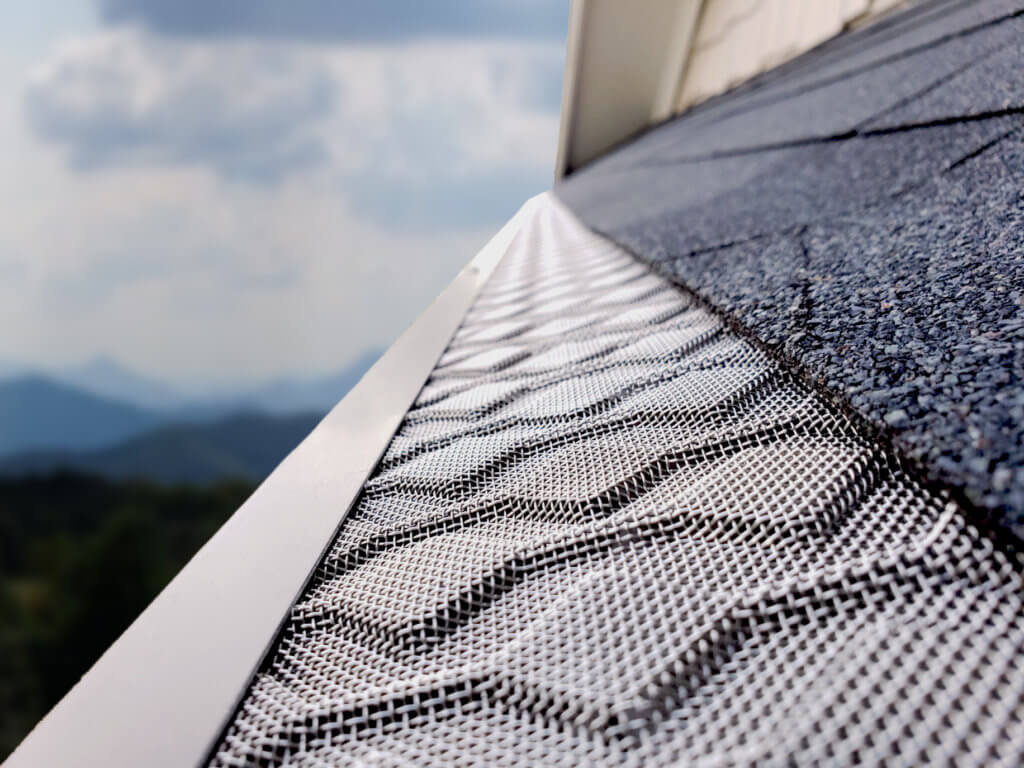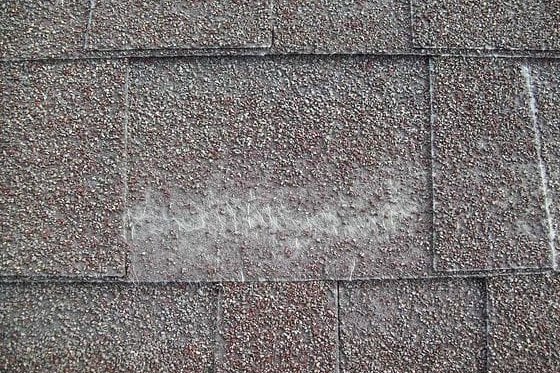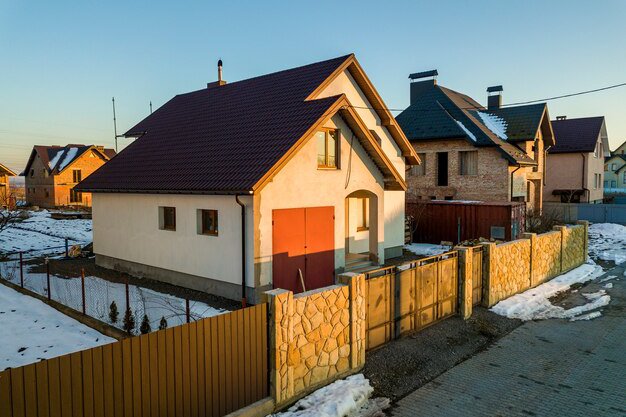Roofing Costs in Rainier Oregon: Understanding Your Investment
Understanding the potential costs associated with roofing projects is a crucial step for homeowners in Rainier, Oregon. Whether you're planning a full roof replacement, need a minor repair, or are simply budgeting for future maintenance, having a clear picture of the factors that influence pricing is essential. Roofing costs are not one-size-fits-all; they vary based on numerous elements, from the size and complexity of your roof to the materials you choose and the specific labor rates in the local market. This guide will explore these factors in detail, helping you navigate the process of estimating and managing your roofing investment in the Pacific Northwest climate.
The cost of roofing across the United States exhibits significant regional variations, influenced by labor rates, material accessibility, climate demands, and local building codes. While national averages for asphalt shingle roofs typically fall between $5.00 and $7.00 per square foot, specific areas like Rainier, Oregon, will have pricing structures shaped by the nuances of the Pacific Northwest market. Factors such as the prevalence of certain types of homes, local contractor availability, and the specific weather patterns (like heavy rainfall and potential for moss growth) all play a role in determining the final cost for a project on your home.
Factors Influencing Your Roofing Costs
Several key factors combine to determine the final cost of a roofing project. Understanding each of these can help you anticipate expenses and make informed decisions.
Roof Size and Complexity
The most fundamental factor is the size of your roof. Roofing is typically measured in "squares," where one square equals 100 square feet. A larger roof naturally requires more materials and labor, leading to a higher overall cost. However, size is just the beginning. The complexity of your roof design significantly impacts the labor required and potentially the amount of material waste.
A simple gable roof with minimal interruptions will be less expensive per square foot to roof than a complex design featuring multiple valleys, dormers, chimneys, skylights, or steep pitches. Each valley and hip requires careful cutting and flashing, which adds labor time. Dormers and chimneys necessitate detailed flashing work to ensure watertight seals. A steep roof pitch requires extra safety precautions, specialized equipment, and slower work speed, all of which increase labor costs. Roofs with pitches above 6:12 (meaning the roof rises 6 inches vertically for every 12 inches horizontally) are generally considered steep and will incur higher labor rates. The layout of the roof, including the number of planes and angles, adds to complexity and cost.
Access to the roof and the property also plays a role. If the roof is difficult to access due to landscaping, fences, or limited space for debris disposal, it can increase labor time and costs.
Roofing Material Selection
The type of roofing material you choose is one of the most significant cost determinants. Materials vary widely in their initial price, lifespan, durability, aesthetic appeal, and suitability for the local climate. Common options for residential roofing include asphalt shingles, metal roofing, wood shakes, and tile. Each comes with a different price point and installation requirement. We will delve into specific material comparisons later, but understand that selecting a premium material will substantially increase the total project cost compared to a standard option.
Labor Costs
Labor is a substantial portion of any roofing project's cost, often accounting for 40-60% of the total. Labor costs are influenced by the complexity of the job (as mentioned above), the type of material being installed (some materials require specialized skills), the contractor's experience and reputation, and the prevailing wage rates in the Rainier, Oregon area. Experienced, reputable contractors may charge more, but they often provide higher quality workmanship and warranties, which can save you money in the long run by preventing future issues. The demand for roofing services at a given time can also affect labor availability and pricing.
Old Roof Removal and Disposal
Before installing a new roof, the old one must often be removed. The cost of tear-off depends on the number of existing layers of roofing (building codes often limit the number of layers allowed) and the type of material. Removing heavy materials like tile or multiple layers of asphalt shingles is more labor-intensive and costly than removing a single layer of asphalt. Disposal fees for the old roofing material (shingles, underlayment, flashing, etc.) are also part of the project cost and can vary based on local landfill rates and the volume of debris.
Underlayment and Other Components
A complete roofing system includes more than just the visible surface material. The cost estimate will typically include the price and installation of underlayment (a protective layer installed over the roof deck), flashing (metal used to seal areas around chimneys, vents, valleys, and walls), drip edge (metal installed along eaves and rakes to direct water away), and ventilation components (ridge vents, soffit vents, attic fans). The quality and type of these components affect the total cost but are crucial for the roof's performance and longevity. For instance, using high-quality ice and water shield in vulnerable areas is essential for preventing leaks, especially in climates prone to heavy rain or potential ice dams, although this adds to the material cost.
Permits and Inspections
Most roofing projects require permits from the local building department in Rainier or Cowlitz County. The cost of permits varies by location and project scope. These permits ensure the work complies with current building codes and is installed correctly, often involving inspections at various stages. While an added expense, permits and inspections provide a layer of protection and assurance that the work is done safely and correctly.
Warranty
Roofing warranties cover both the materials and the contractor's workmanship. Material warranties are provided by the manufacturer and can range from 20 years up to a lifetime, often prorated over time. Workmanship warranties are provided by the contractor and typically last from 5 to 25 years. Longer or more comprehensive warranties can add to the overall cost but offer valuable peace of mind and protection for your investment. Understanding what your warranty covers is critical.
Climate and Weather Considerations
The specific climate in Rainier, Oregon, significantly impacts roofing needs and costs. Heavy rainfall, moisture, and moderate temperatures create an ideal environment for moss, algae, and lichen growth on roofs, particularly on asphalt and wood shake materials. Addressing existing moss growth during tear-off, choosing moss-resistant shingles, or incorporating zinc strips can add to the cost but are necessary preventative measures. The potential for high winds also necessitates proper fastening techniques and material choices to ensure the roof's integrity. Contractors in this region are experienced with these challenges and will factor the necessary techniques and materials into their estimates.
When considering a roofing project for your home, getting an accurate estimate that accounts for all these local factors is vital. You can quickly get a preliminary idea of costs without an in-person visit.
Get your free instant roof estimate
Common Roofing Materials and Their Cost Impact
The choice of roofing material is perhaps the single biggest decision affecting your project cost and the long-term performance and appearance of your home. Here's a look at some common options and their relative cost impact:
| Material Type | Relative Initial Cost | Typical Lifespan | Key Characteristics | Suitability for Rainier, OR |
|---|---|---|---|---|
| 3-Tab Asphalt Shingles | Lowest | 15-20 years | Flat appearance, single layer, less wind resistance, prone to moss/algae. | Economical choice, but shorter lifespan and higher maintenance needed for moss prevention. |
| Architectural Shingles | Moderate | 25-30+ years | Dimensional look, multiple layers, better wind resistance, better moss resistance. | Very popular and suitable, better durability and appearance than 3-tab. |
| Metal Roofing | Higher to Highest | 40-70+ years | Durable, energy efficient, excellent fire resistance, comes in various styles/colors. | Excellent durability against rain and wind; smooth surfaces less prone to moss growth. |
| Wood Shakes/Shingles | High | 25-30+ years | Natural look, good insulation, requires regular maintenance, fire risk without treatment. | Aesthetically appealing, but requires significant maintenance against moisture and moss. |
| Tile (Clay/Concrete) | Highest | 50-100+ years | Very durable, fire resistant, heavy, distinctive look. | Less common due to weight and cost, but extremely durable if structural support is adequate. |
Asphalt Shingles: These are the most common roofing material in North America due to their affordability and relative ease of installation.
- 3-Tab Shingles: The most basic and least expensive type. They have a flat appearance and a shorter lifespan compared to architectural shingles. They are more susceptible to wind damage and moss growth.
- Architectural (Laminate) Shingles: These are thicker, more durable, and offer a more dimensional appearance that mimics wood shakes or natural slate. They provide better wind resistance and often come with longer warranties. While more expensive than 3-tab, they offer better value and performance over their lifespan, making them a popular choice for homeowners.
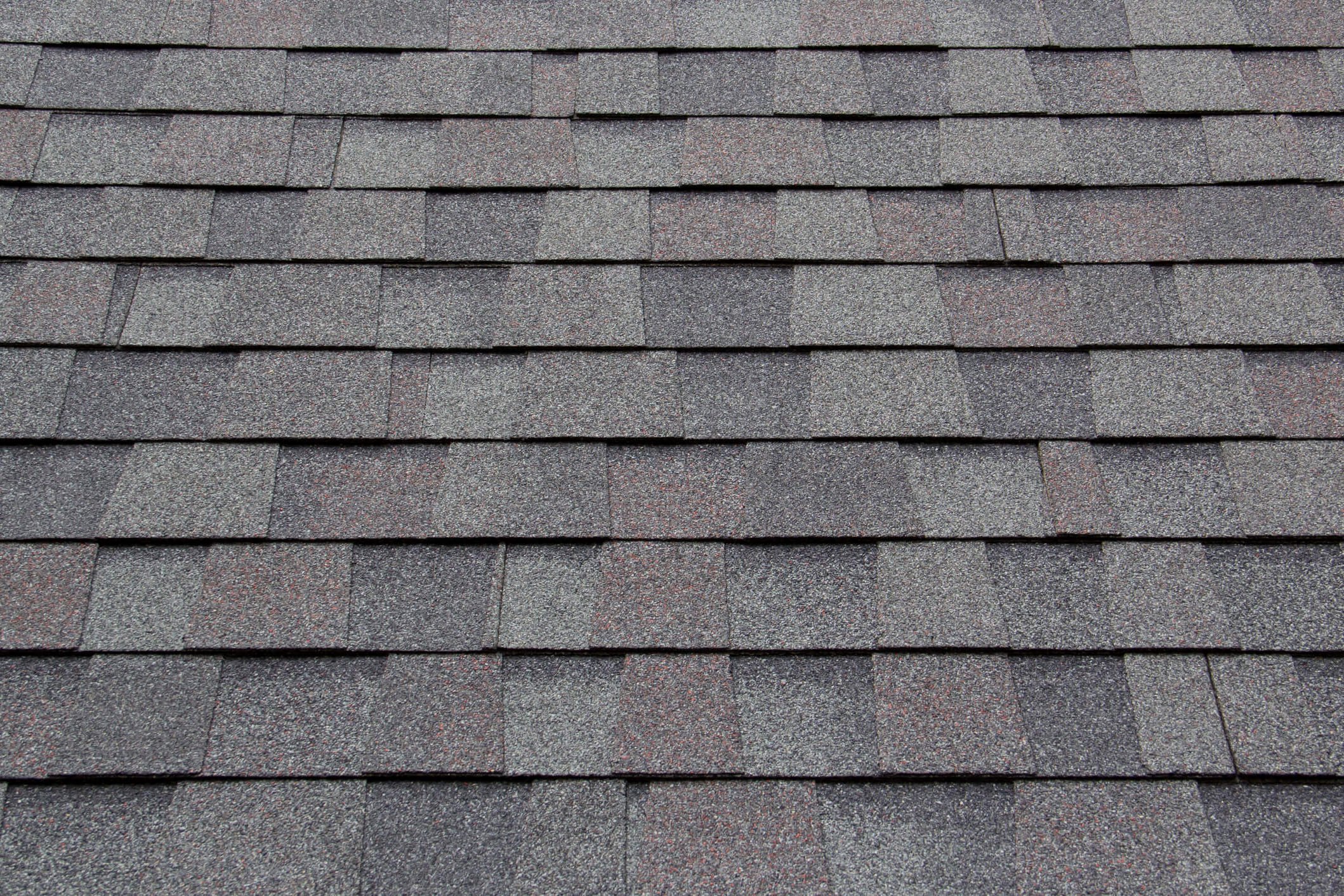
Metal Roofing: Gaining popularity for its longevity and durability. Metal roofs can last significantly longer than asphalt shingles and are highly resistant to fire, wind, and pests. They shed snow and water effectively and are less prone to moss growth on steeper pitches. While the initial cost is higher, their long lifespan and lower maintenance needs can result in a lower cost over the roof's lifetime. Options include standing seam (concealed fasteners, premium price) and exposed fastener panels.
Wood Shakes and Shingles: Offer a beautiful, natural aesthetic. Shakes are split, giving a more rustic look, while shingles are sawn smooth. They provide good insulation but require regular maintenance, including cleaning and sealing, to prevent moisture damage, rot, and moss growth, which are significant concerns in the wet climate of Rainier, Oregon. Fire resistance is also a concern unless treated.
Tile Roofing (Clay and Concrete): Extremely durable and long-lasting, offering excellent fire resistance and aesthetic appeal. However, they are very heavy and require a robust roof structure to support their weight, which can add to structural costs. The initial material and installation costs are among the highest.
Choosing the right material involves balancing initial cost, desired lifespan, aesthetic preferences, and the specific environmental challenges of the location. While a material like asphalt shingles might have a lower upfront cost, a more durable option like metal roofing could save money on repairs and replacement over several decades.
Recognizing Signs Your Roof Needs Attention
Your roof is constantly exposed to the elements, and over time, wear and tear are inevitable. Being able to recognize the signs of roof damage early can save you from more extensive and costly repairs down the line. Here are some common indicators that your roof may need professional inspection or repair:
- Missing or Damaged Shingles: Shingles that are cracked, curled, buckling, or missing entirely leave your roof deck exposed to water. This is a clear sign that the protective layer is failing.
- Granule Loss: For asphalt shingles, granules protect the asphalt from UV rays and add color. If you notice excessive granules accumulating in your gutters or downspouts, it indicates the shingles are wearing out.
- Leaks or Water Stains Inside: Water stains on ceilings or walls in the upper levels of your home are a definitive sign of a roof leak. Tracing the source of a leak can be challenging and often requires a professional.
- Sagging Roof Deck: If sections of your roof deck appear to be sagging or drooping, it could indicate structural damage or weakened decking due to prolonged moisture exposure.
- Moss, Algae, or Lichen Growth: While common in moist climates like Rainier, Oregon, excessive growth can trap moisture, accelerate shingle deterioration, and lift shingles, making the roof more susceptible to wind damage and leaks. While mild cases can sometimes be cleaned, extensive growth often indicates underlying moisture issues or an aging roof.
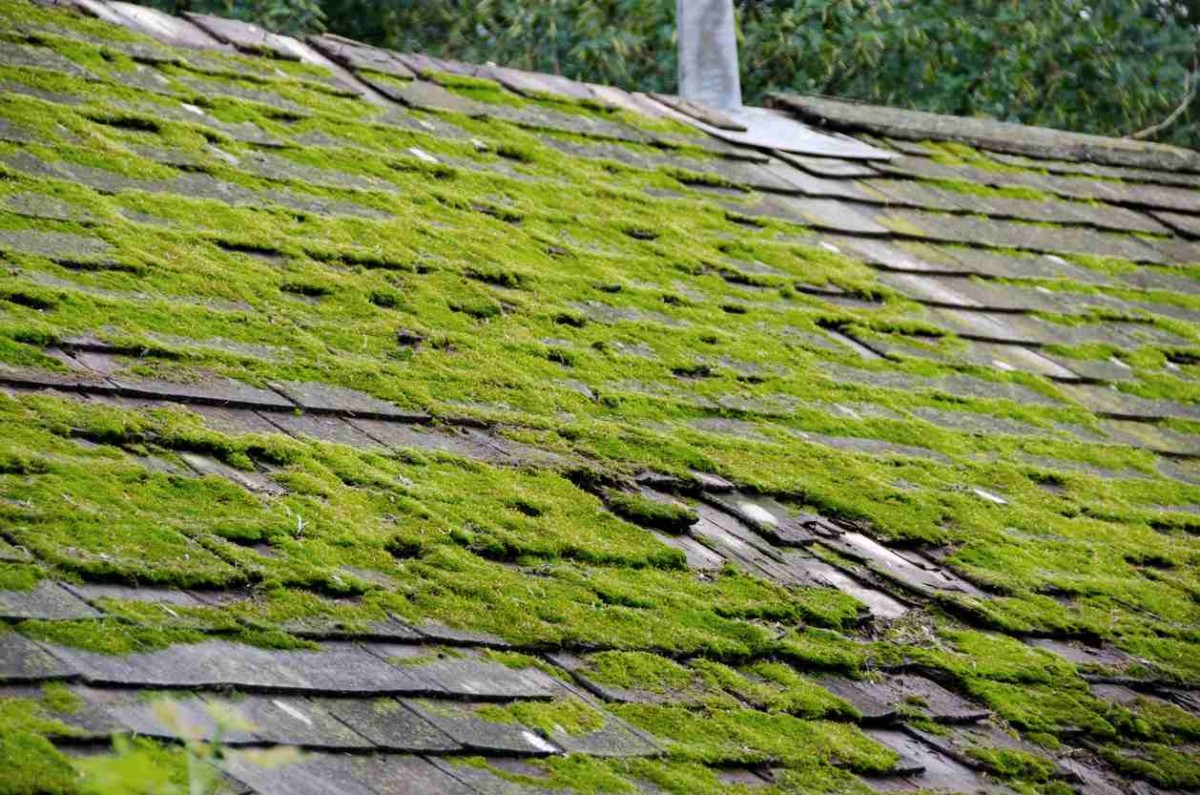
- Damaged or Clogged Gutters: Gutters and downspouts are critical components of your roofing system, directing water away from the house. If they are damaged, detached, or constantly clogged, water can back up onto the roof, leading to fascia and soffit rot, or even ice dams in freezing conditions.
- Damaged Flashing: Flashing around chimneys, vents, skylights, and in valleys is particularly vulnerable to leaks. If the sealant is cracked, or the flashing is bent or corroded, it needs immediate attention.
- Age of the Roof: Knowing the age of your roof is important. Most asphalt shingle roofs last 20-30 years. If your roof is nearing or has exceeded its typical lifespan, even without obvious signs of failure, it's wise to have it inspected for potential replacement.
Ignoring these signs can lead to more severe problems, including structural damage, mold growth, and extensive interior damage. Addressing issues promptly is key to maintaining your home's integrity.
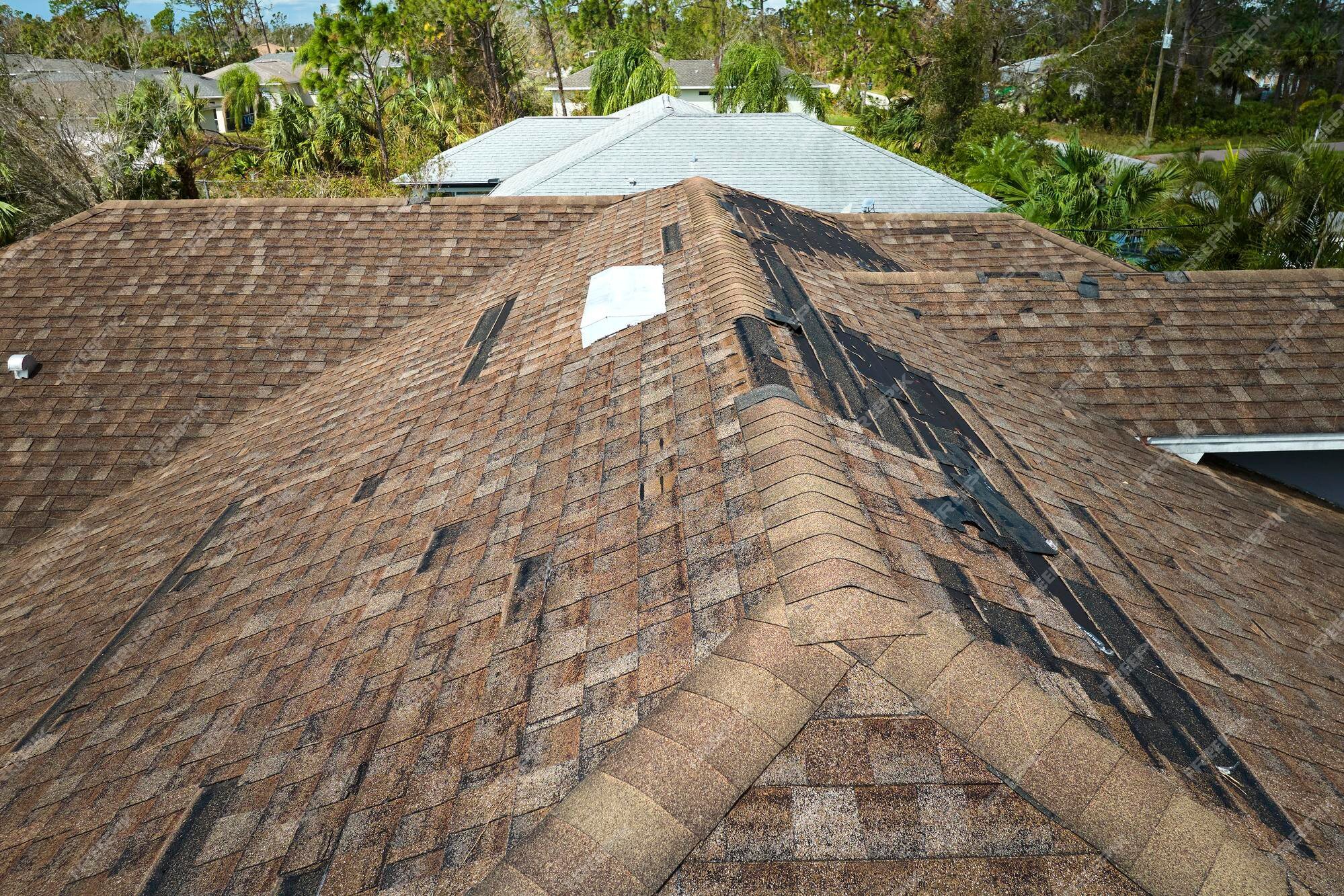
If you've identified potential issues like leaks or damage, or if your roof has been subjected to severe weather, it's crucial to get a professional assessment quickly.
Book a roofing appointment
The Importance of Regular Roof Maintenance
Regular maintenance is the best way to maximize your roof's lifespan and prevent unexpected, costly repairs. A proactive approach can help identify minor issues before they escalate.
Key maintenance tasks include:
- Gutter Cleaning: Regularly clear gutters and downspouts of leaves, branches, and debris, especially in the fall and spring. Clogged gutters cause water to pool and can lead to significant damage.
- Removing Debris: Clear branches, leaves, and other debris from the roof surface. Piles of organic matter trap moisture and encourage moss and algae growth.
- Trimming Trees: Trim overhanging branches that can scrape the roof surface, drop debris, or fall onto the roof during storms.
- Routine Visual Inspections: From the ground, or safely from a ladder, look for obvious signs of damage like missing shingles, damaged flashing, or excessive moss growth.
- Professional Inspections: Consider having a professional roofer inspect your roof periodically, perhaps every few years or after major storms. They can identify subtle issues you might miss and provide recommendations for repair or maintenance.
For homeowners in Rainier, Oregon, where moisture is prevalent, managing moss and algae growth is a particularly important maintenance item. While some homeowners attempt DIY cleaning, professional moss removal services use appropriate techniques to clean the roof without damaging the shingles and can offer treatments to inhibit future growth.
Choosing a Roofing Contractor
Selecting the right roofing contractor is critical for ensuring your project is completed correctly, on time, and within budget. A good contractor provides a fair estimate, uses quality materials, performs skilled workmanship, and stands behind their work with a warranty.
Here are some tips for choosing a contractor:
- Check for Licenses and Insurance: Ensure the contractor is properly licensed and insured. Insurance protects you in case of accidents or damage during the project.
- Look for Local Experience: A contractor familiar with roofing in the Rainier, Oregon area will understand the specific challenges posed by the local climate and building codes.
- Ask for References: Speak to previous customers about their experience with the contractor's reliability, quality of work, and communication.
- Get Multiple Estimates: Obtain detailed written estimates from several different contractors. Compare not just the total price but also the scope of work, materials specified, warranty offered, and payment terms. Be wary of unusually low bids, which could indicate cut corners or hidden costs.
- Review Contracts Carefully: Ensure the contract clearly outlines the project scope, timeline, materials to be used, payment schedule, and warranty details.
- Understand the Warranty: Clarify what the material and workmanship warranties cover and for how long.
Finding a trustworthy and qualified professional can feel daunting. However, platforms exist to simplify this process.
Finding a qualified roofer shouldn't add stress to your project. You can connect with pre-vetted local roofing professionals easily.
Find a local roofer
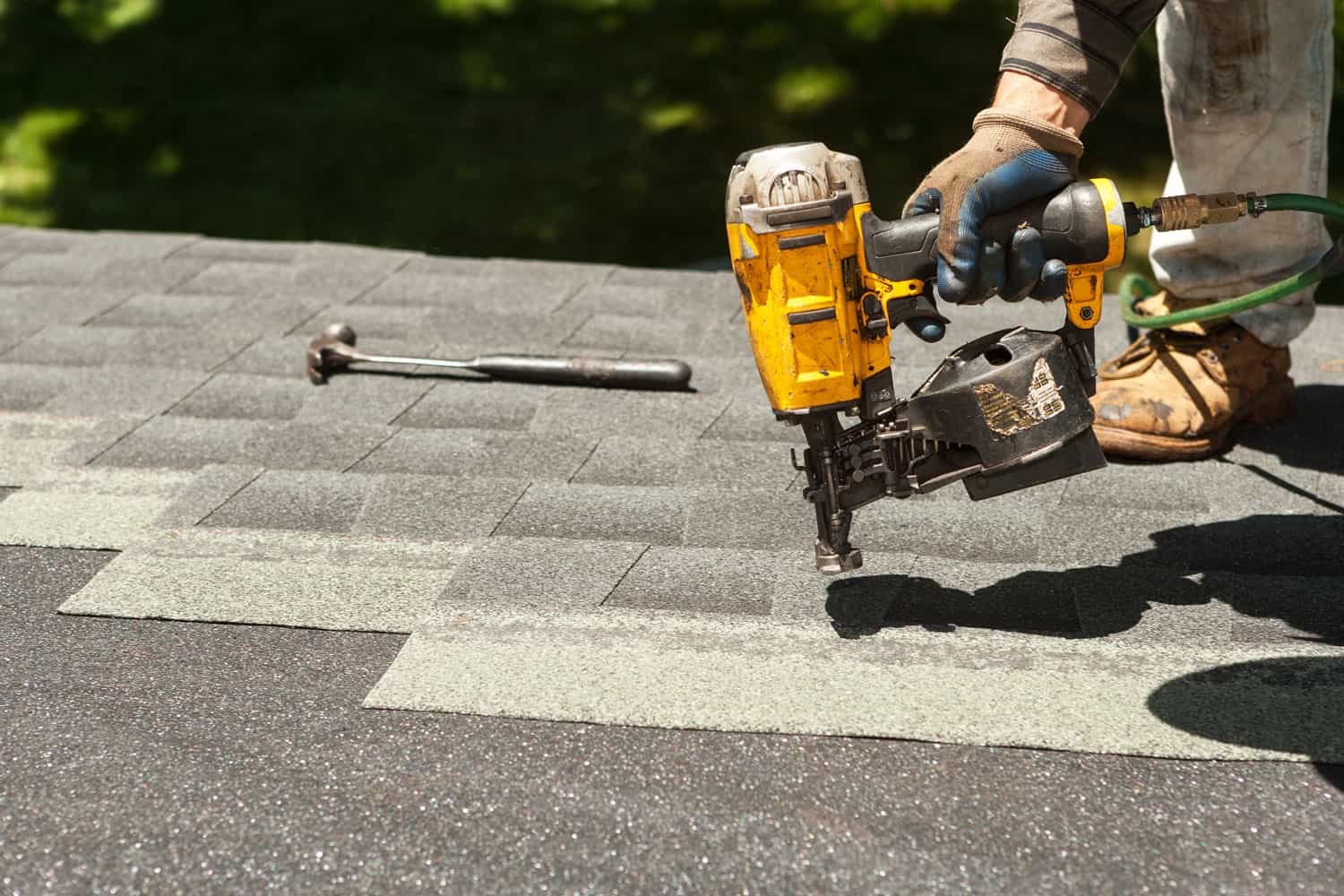
Navigating Roofing Costs: Estimates and Planning
Understanding your roofing costs starts with getting accurate estimates. For many homeowners, the traditional method involves scheduling in-person appointments with multiple contractors, which can be time-consuming.
For those planning a future project, budgeting, or simply curious about their roof's condition and potential costs without the immediate need for a site visit, technology offers a convenient alternative.
If you're exploring options, planning a budget, or just want a quick idea of potential costs for your property based on satellite imagery and local data, consider using an instant estimate tool.
Get an instant roof estimate
This type of service can provide a preliminary cost range quickly, allowing you to understand the potential investment involved before committing to in-person consultations. It's a great first step for non-urgent situations like:
- Planning for a future roof replacement based on the roof's age.
- Setting a budget for upcoming home renovations.
- Comparing potential costs for different material types (though the instant estimate will likely be based on common materials, it provides a baseline).
- Gaining a general understanding of your roof's size and the associated costs without needing someone to visit your property.
However, an instant estimate is typically a preliminary figure. For detailed quotes, assessment of specific damage, or planning complex projects, an on-site inspection by a professional roofer is necessary. This is where direct appointment booking becomes invaluable.
Situations where booking a direct appointment with a roofer is recommended include:
- You have an active roof leak that requires immediate attention.
- Your roof has sustained damage from a recent storm (wind, hail, fallen branches) and needs a professional assessment for repairs or insurance claims.
- You've noticed significant signs of damage during a visual check (missing shingles, sagging areas) and need an expert opinion and repair quote.
- Any other scenario requiring an immediate professional inspection and potential emergency repair.
When you need a roofer to assess damage, provide a detailed quote after an inspection, or handle an urgent repair, direct appointment booking connects you with qualified local professionals.
Book a professional roof inspection
Frequently Asked Questions About Roofing Costs
How long does a typical residential roof last in Rainier, Oregon?
The lifespan of a roof depends heavily on the material used, the quality of installation, maintenance, and exposure to weather. In Rainier, Oregon, with its significant rainfall and potential for moss growth:
- 3-tab asphalt shingles typically last 15-20 years.
- Architectural asphalt shingles usually last 25-30 years, sometimes longer with good maintenance.
- Metal roofs can last 40-70 years or more.
- Wood shakes often last 25-30 years but require diligent maintenance in this climate.
Regular maintenance and addressing minor issues promptly can help extend the lifespan of any roof.
Is it better to repair or replace my roof?
This depends on the age of the roof and the extent of the damage. If the roof is relatively young (less than 15 years for asphalt) and the damage is confined to a small area (e.g., a few missing shingles after a wind storm), a repair is likely sufficient and more cost-effective. However, if the roof is old, has widespread damage (like significant granule loss, curling, or buckling across multiple areas), or has experienced a major event like severe storm damage affecting a large section, a full replacement is usually the more prudent long-term solution. Replacing an old, failing roof prevents recurring leaks and protects the underlying structure of your home.
Will my homeowner's insurance cover roofing costs?
Homeowner's insurance typically covers roof damage caused by sudden, accidental events like storms (wind, hail), falling trees, or fire. It does not usually cover damage resulting from age, wear and tear, or lack of maintenance. If you believe your roof damage is due to a covered peril, contact your insurance company promptly to file a claim. A roofer can help assess the damage and work with your insurance adjuster.
How can I get the most accurate estimate for my roofing project?
For the most accurate estimate, you should:
- Have a professional roofer conduct a thorough on-site inspection. They can assess the condition of the roof deck, identify hidden damage, accurately measure the roof's dimensions and complexity, and discuss material options.
- Get detailed, written estimates from at least two or three reputable contractors.
- Ensure the estimate includes all costs: materials, labor, tear-off and disposal, permits, and warranty information.
While instant online tools can provide a useful preliminary estimate, nothing replaces a detailed inspection by a qualified professional for a precise quote.
What time of year is best for roofing work in the Pacific Northwest?
Roofing can be done year-round, but the drier months, typically late spring through early fall, are often preferred in the Pacific Northwest. Consistent dry weather allows for easier installation and ensures the roof deck doesn't get wet during the process. However, reputable contractors are equipped to handle installations in less ideal weather, though it might take longer or require rescheduling around rain. Emergency repairs, of course, need to happen regardless of the season.
Protecting Your Home's Crown
Your roof is your home's primary defense against the elements. Understanding the factors that influence roofing costs empowers you to plan effectively and make informed decisions about repairs or replacement. By recognizing the signs of damage, prioritizing maintenance, and knowing how to access reliable estimates and qualified professionals, you can ensure your roof continues to protect your investment for years to come.
